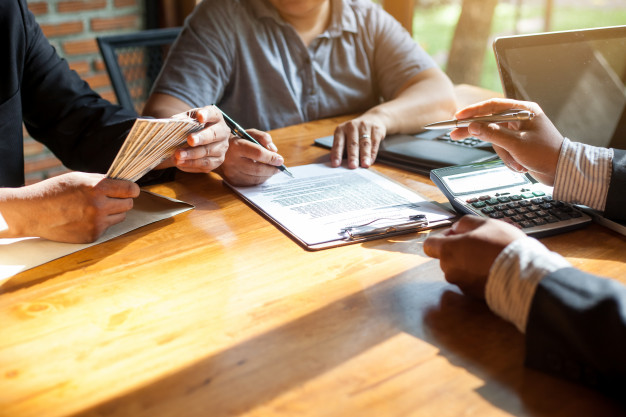Buying your first brand new home, block of land, or a house and land package can be an exciting adventure but much more enjoyable if you launch yourself into it prepared, with some knowledge about the often complex process. The first thing to consider is whether you qualify for the various government benefits for a first home buyer and also, that you understand what the various lenders want to know before they will offer you a loan, and the kinds of loans available. The grants and stamp duty exemptions can mean a saving of up to $40,000 in some states in Australia, so if you're eligible then you should apply for the benefits.
The First-Home Owners Grant
Every state and territory will have different rules and benefit amounts associated with their grants schemes varying from $5,000 in some states to $20,000 in others. In NSW, for instance, first-time buyers of a brand new home can receive $10,000 for purchases up to $650,000 or if they're building a new home, up to $750,000. To qualify you must:
-
Be buying/building a brand new home
-
You or your spouse/partner, must never have owned a home in Australia
-
You must be an Australian citizen or permanent resident
-
If there are two applicants, one must be an Australian citizen or permanent resident
-
Generally, you will be required to live in the property for a period of at least 6 consecutive months beginning within the first 12 months after you buy or build the house.

Stamp Duty Exemptions
If you meet the state rules as a first home buyer, most states will offer you a substantial reduction in the stamp duty. The discount given depends on the cost price of the property and other factors. For qualifying first home buyers in NSW for example, no stamp duty is payable for first home purchases on new and existing homes that are valued up to $650,000 and on vacant land that's valued up to $350,000. There is also a stamp duty concession on new and existing homes valued from $650,000 and $800,000, and also on vacant land valued at between $350,000 and $450,000.

House and Land Packages
The first thing you must understand if you want a loan to buy a house and land package is that there can be two different kinds.
Types of Packages:
1. Buying the land before the house is built: To buy the land, you'll need a deposit, which is usually 10 percent of the purchase price, then you pay the rest on settlement. The good thing about this type is you only pay stamp duty on the land (unless you're eligible for a grant to cover it) rather than on the home's construction. Going down this path, you'll need a loan for the land and a loan for construction. You will need to make progress payments on the mortgage during the different construction stages.
2. Buying the house built on the developers' land: Opting for this package mean all you need to pay five percent as a deposit and the rest once the house is built. There aren't any progressive payments to be made, and this is an advantage if you have to pay rent while your house is being constructed or if you're saving for a hefty deposit on the home loan.
Important points:
You should get as much detail as possible about the house and land package that you intend to buy. Most packages come with various inclusions for the price they quote, so if you want extra features or quality/custom fittings, you will probably have to pay more. Often you will find that landscaping isn't included, and driveways could be another extra. The sales consultant should make this clear to you but ask anyway. It's also important to ask whether or not the developer uses fixed-price building contracts. Knowing this means you will be clear about what you are getting and how much you will pay for it, which can avert any unexpected fees and costs. This kind of contract will also help you with you options for finance.

What About the Mortgage?
As mentioned above, it's common to have two mortgages when buying a house and land package. The first is a normal mortgage on the land, and also a construction mortgage for the home. Construction loans and home loans have one major difference: rather than the lender paying the builder in one lump sum, the home loan repayment will be made in stages after an agreed set of milestones have been reached. You will benefit by only paying interest on the amount of paid out, which saves you money. Once the house is completed, construction mortgages revert to normal home loans. Construction loans are very popular with first home buyers because they may qualify for government first home buyer benefits.

How Much Can I Borrow?
The most you can borrow is usually limited to 95 per cent of the value of the property plus a mortgage insurance premium, taking the total borrowing up to 98 per cent of the cost price or even more. The deposit you will need is dependent on the loan pre cent, whether or not you are successful in applying for a first home buyers grant, and you're exempted from stamp duty. However, every case is different, with different cost prices, whether you purchase land, a house and land package or a brand new home, and in whichever state or territory you are buying or building in. For instance, a rough estimate of the deposit amount you would need for a $500,000 first-home purchase could be a low $13,000 in some states. You should also be aware that various lenders might require you to show that you are able to save up to 5 per cent of the cost price through a 3-month savings record. This is known as 'genuine savings' and is decided on case by case, depending on your loan-to-value ratio.